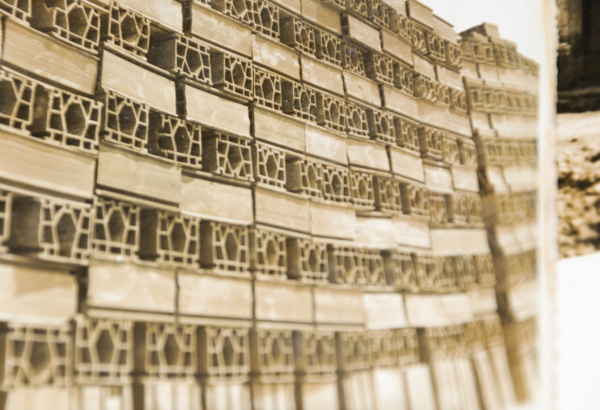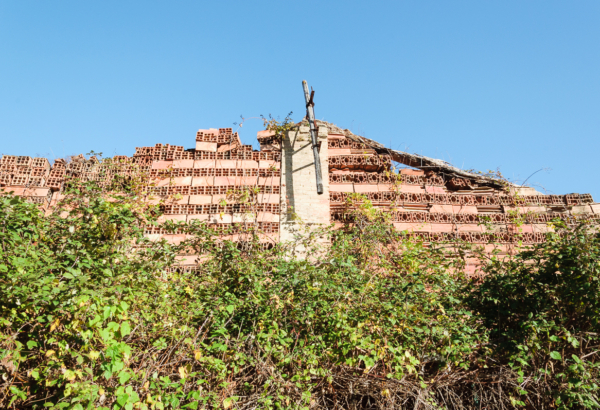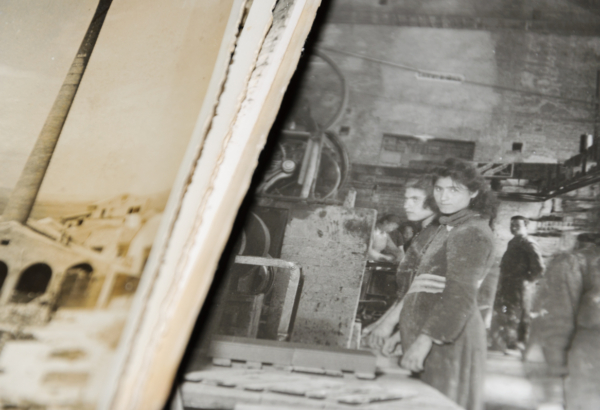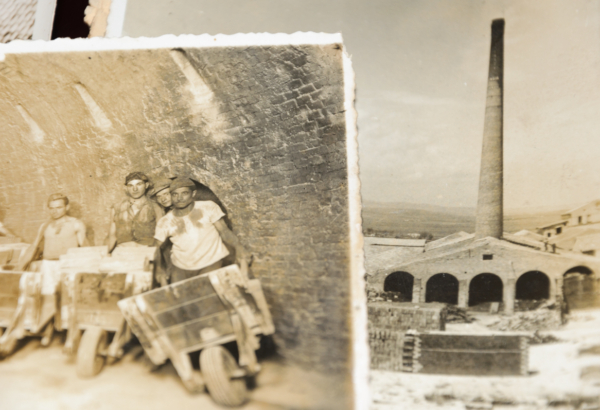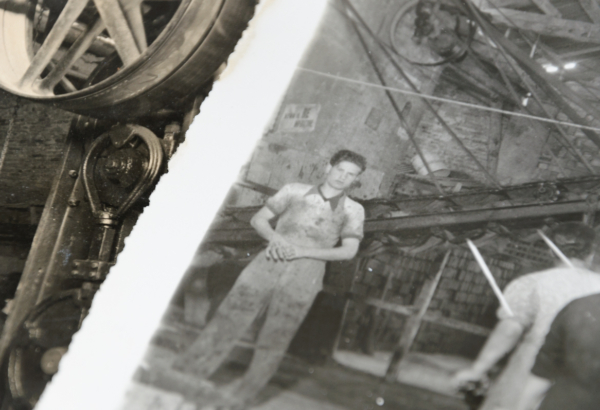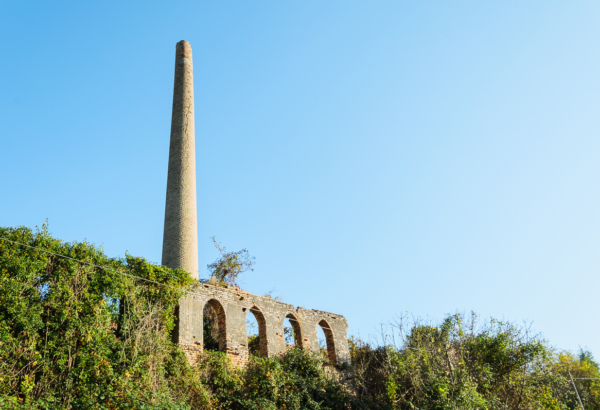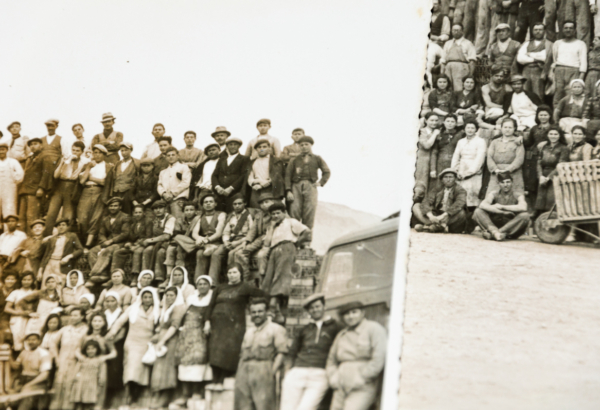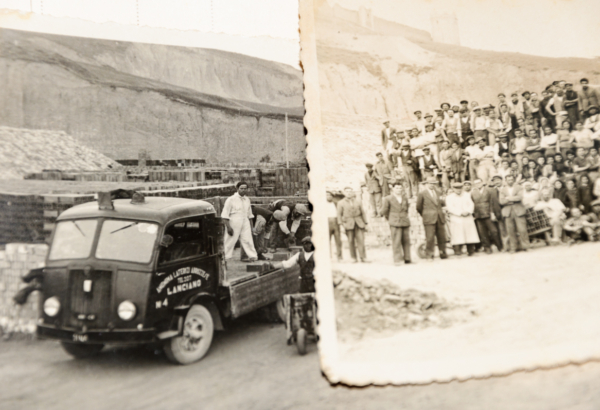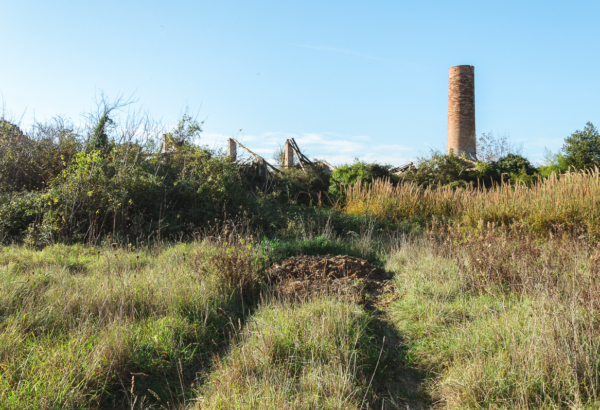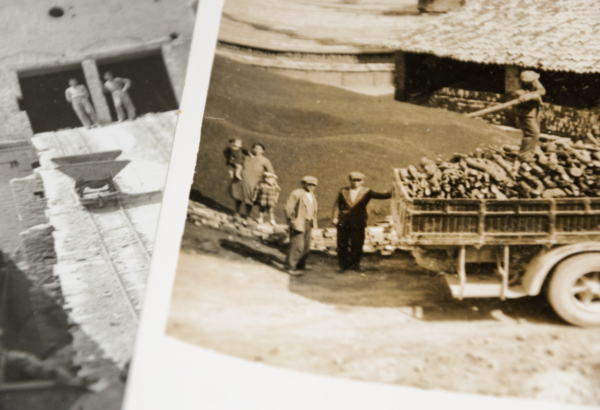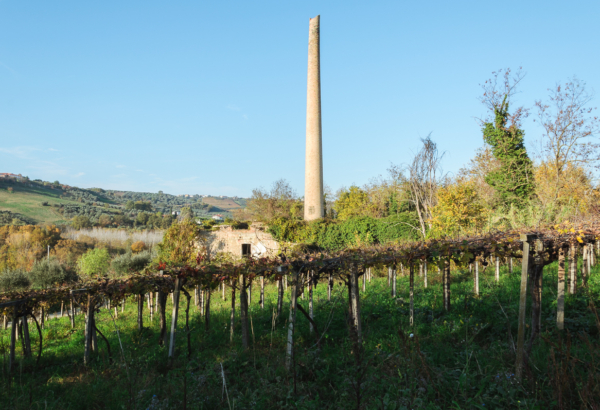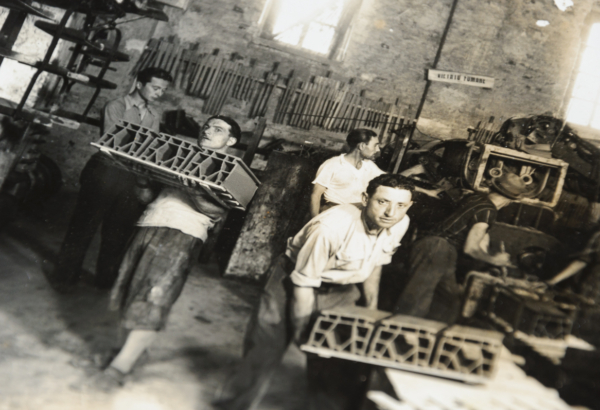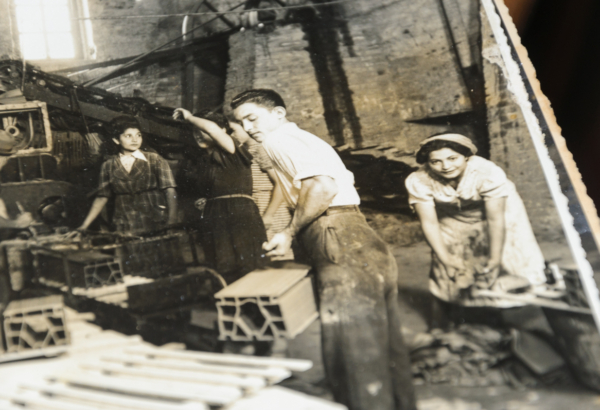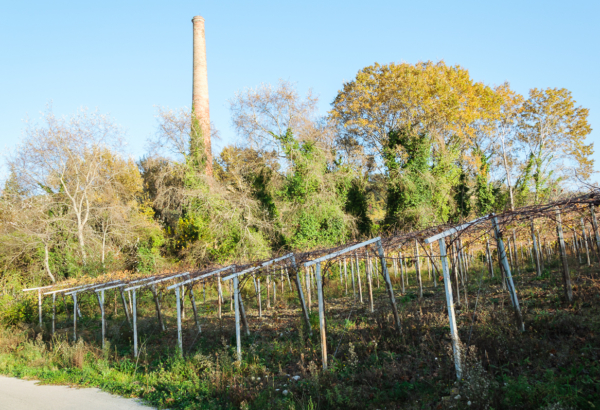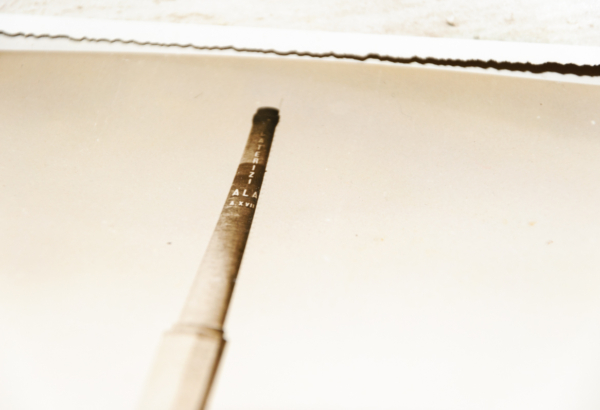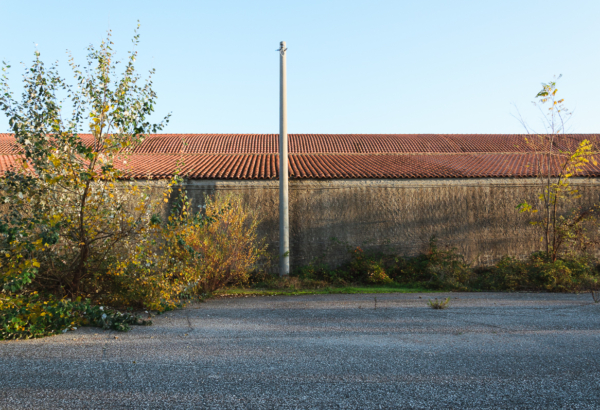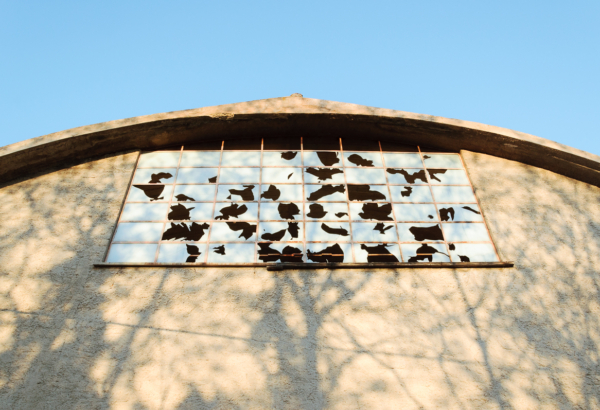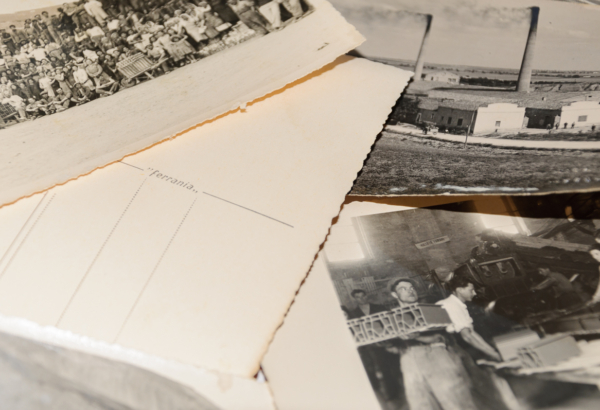MY GRANDFATHER MADE BRICKS: THE FUTURE HAS NO MEMORY
In 2016 I began the eviction of a shed where was crammed a lot of objects and documents from the house of my father’s parents.
In a box they were kept hundreds of photographs of the early 40s of the twentieth century, which have been shoot on behalf of the A.L.A., the company held by my grandfather, Antonio Testa.
A.L.A.’s core business was brick manufacturing so the photos were a sort of informal archive, capable, at least in theory, to provide evidence of the heavy conditions suffered by workers in the southern kilns in our country at that time, during the Second World War. When reviewing such photos, in fact, I couldn’t help but to notice how the work environments were patently uncomfortable and unsafe; the workers in the kiln wore ordinary clothing instead of overalls; there were signs on the walls that invited the workers to “keep silence while working”, or to “be thankful to the King”.
Quite soon, however, my attention was drawn by other details, and I was struck by the expressions on the faces of the workers, their eyes, their being indifferent, amused or annoyed.
At the same time, my thoughts went to their lives and to the difficulties they were facing at the time, but also to the fact that some of them, perhaps, considered themselves to be lucky to be working in a brick factory (instead of being at the war front or jobless as many others, for instance) and to the fact that many of them would never have believed that the furnace would not have outlasted them.
These were mere suppositions. How could I get to know what exactly was everyday life for them/what was their everyday life? How could I guess what they really thought about their lives and their conditions? These were questions that the old photographs that I was looking at could not answer.
All this has led me to reflect and also has led me to think that, after all, the future is in some sense oblivious to the past.
Factory labor, for example, will certainly leave many material traces of itself, many objective evidences of some of its cultural features, although it will not leave any reliable trace of what has actually meant to the workers who lived it. Old photographs are quite like any other object coming from the past when it comes to what they are able to tell us: they are not transparent to such a meaning, they are of no real help to us while trying to grasp such a meaning.
I thus formed in me the belief which lies at the foundation of this work: they are just the objects – in this case photographic prints per se, in their materiality – that are able to last, not their original meaning nor the values that had been attributed to them in the past, since future has no memory of such meanings and values.
Aware of this, I chose then to photograph the objects I had discovered just as I would have done if they had been fossils, furniture, bodies that were before my eyes, instead of being images made visible by photographic prints on paper.
What I did was to produce new images starting from these objects, trying to make sense of them from the scratch.
In other words, starting from what Roland Barthes calls the studium of the old photographs that I had found I ended up producing new images that are intended to show my punctum of the original ones, regardless of the objective informations that the originals may convey to the observer.
I wanted to portray details, edges, shadows, sometimes photographing part of a single print at close range, sometimes juxtaposing prints arranged almost randomly.
As a kind of backdrop to my shots, or as a way of introducing them to the viewer, I made a few pictures depicting the old prints in the context in which they are observable today, my home, and I also photographed some contemporary furnaces (ruined, but still standing) which belonged to my family.
(Digital photography, 2016)
